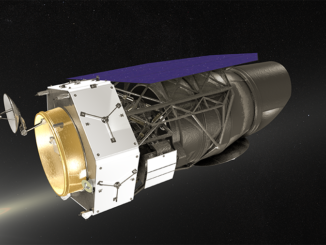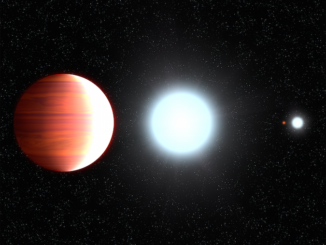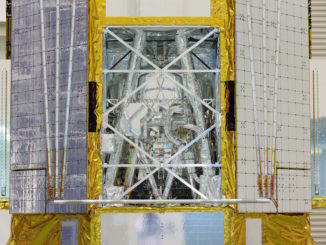
X-Headlines



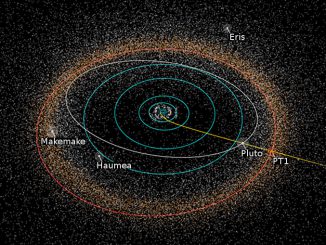

Astronomers discover a star that would not die
Supernovae, the explosions of stars, have been observed in the thousands and in all cases they marked the death of a star. Astronomers at Las Cumbres Observatory have discovered a remarkable exception — a star that exploded multiple times over a period of more than fifty years. Their observations are challenging existing theories on these cosmic catastrophes.

NuSTAR probes black hole mystery
Black holes are famous for being ravenous eaters, but they do not eat everything that falls toward them. A small portion of material gets shot back out in powerful jets of hot gas, called plasma, that can wreak havoc on their surroundings. Along the way, this plasma somehow gets energized enough to strongly radiate light, forming two bright columns along the black hole’s axis of rotation.
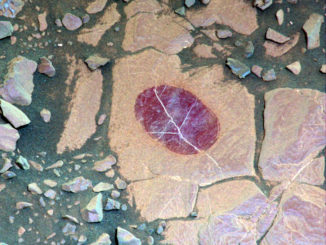

ALMA discovers cold dust around nearest star
The ALMA Observatory in Chile has detected dust around the closest star to the Solar System, Proxima Centauri. These new observations reveal the glow coming from cold dust in a region between one to four times as far from Proxima Centauri as the Earth is from the Sun. The data also hint at the presence of an even cooler outer dust belt and may indicate the presence of an elaborate planetary system.
